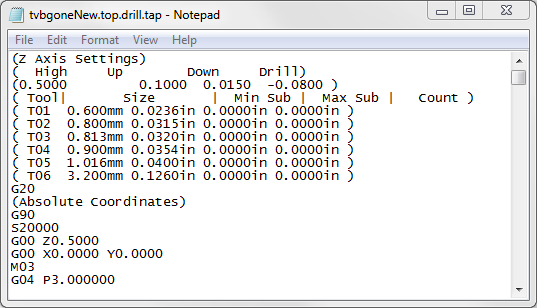

To get IPython integration without imports the use of the %matplotlib magic is preferred.” It pollutes namespaces with functions that will shadow Python built-ins and can lead to hard-to-track bugs. “ still exists for historical reasons, but it is highly advised not to use. Matplotlib now directly advises against this in its own tutorials: The issue here may be apparent to some Python users: using from pylab import * in a session or script is generally bad practice. It exists only to bring a number of functions and classes from both NumPy and matplotlib into the namespace, making for an easy transition for former MATLAB users who were not used to needing import statements.Įx-MATLAB converts (who are all fine people, I promise!) liked this functionality, because with from pylab import *, they could simply call plot() or array() directly, as they would in MATLAB. pylab is a module within the matplotlib library that was built to mimic MATLAB’s global style. Knowing that matplotlib has its roots in MATLAB helps to explain why pylab exists. The Python concept of importing is not heavily used in MATLAB, and most of MATLAB’s functions are readily available to the user at the top level. One relevant feature of MATLAB is its global style. (John gave a talk about the evolution of matplotlib at the 2012 SciPy conference, which is worth a watch.) John passed away tragically young at age 44, in 2012, and matplotlib is now a full-fledged community effort, developed and maintained by a host of others. Hunter, a neurobiologist, began developing matplotlib around 2003, originally inspired to emulate commands from Mathworks’ MATLAB software. Let’s start with a bit of history: John D.


Remove ads Pylab: What Is It, and Should I Use It? So, before we get to any glitzy examples, it’s useful to grasp the core concepts of matplotlib’s design. The library is still evolving, and many older examples floating around online may take 70% fewer lines of code in their modern version. While it is comprehensive, some of matplotlib’s own public documentation is seriously out-of-date.(Backends deal with the process of how charts are actually rendered, not just structured internally.) Matplotlib is home to several different interfaces (ways of constructing a figure) and capable of interacting with a handful of different backends.The library itself is huge, at something like 70,000 total lines of code.But the following issues can cause some challenges: The problem is not that matplotlib’s documentation is lacking: the documentation is actually extensive. Learning matplotlib can be a frustrating process at times.

If you don’t already have matplotlib installed, see here for a walkthrough before proceeding. We’ll mainly use the numpy.random module to generate “toy” data, drawing samples from different statistical distributions. This article assumes the user knows a tiny bit of NumPy.
#G code plotting python full#
#G code plotting python trial#
However, matplotlib is also a massive library, and getting a plot to look just right is often achieved through trial and error. Watch it together with the written tutorial to deepen your understanding: Python Plotting With MatplotlibĪ picture is worth a thousand words, and with Python’s matplotlib library, it fortunately takes far less than a thousand words of code to create a production-quality graphic. Watch Now This tutorial has a related video course created by the Real Python team.


 0 kommentar(er)
0 kommentar(er)
